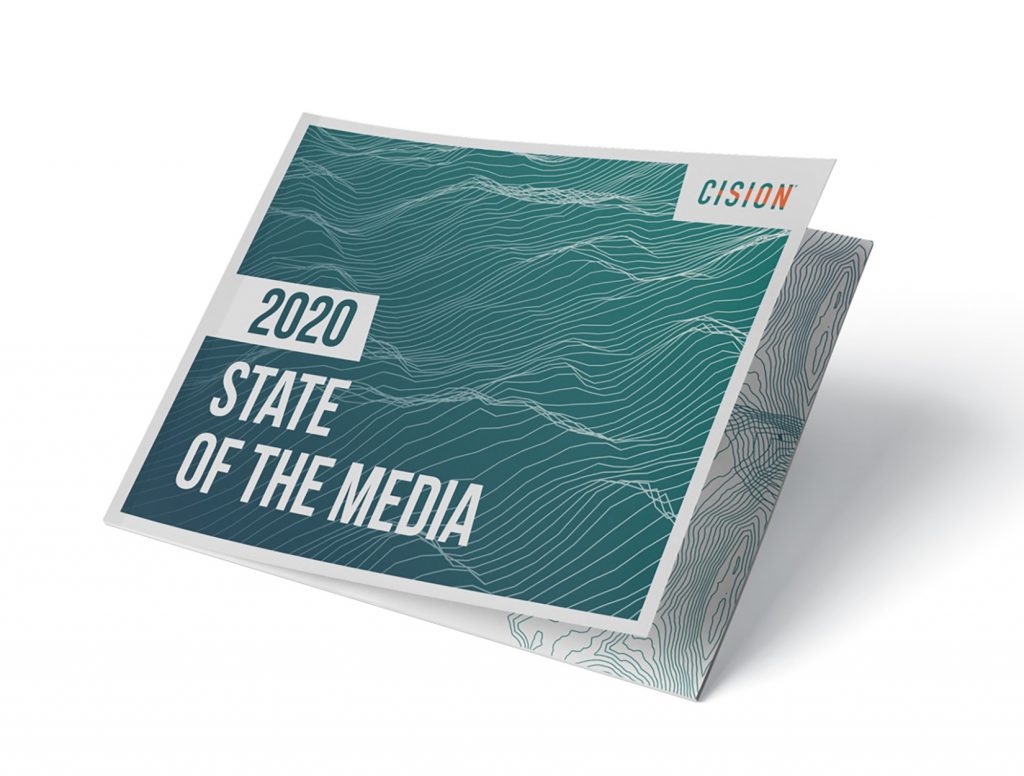admin - 01/26/2021
Public relations and social media trends to look for in 2021 are highlighted by our guest blogger, 3E PR intern Jeanette Orlando.
Finally, we have reached 2021. When the world first shut down last March, organizations had to adopt new methods to maintain sales and market share. Marketing departments, brand managers, and even corporate officers implemented new processes, many of which focused on public relations and social media and will continue in 2021.
Corporate and social communications are critical, as public trust in brands has waned during the global crisis. Methods to regain that confidence are different today than ever before. To become a successful and trustworthy brand, organizations are expected to take strong stances, use social media differently, and meet new criteria for research and expert opinions.
Communication Approach Change
COVID-19 hindered all in-person communication with audiences. Sales meetings, trade shows, and similar business activities went virtual, as video conferences are now the norm. The pandemic also changed how the C-suite interacted with employees.
According to a 2020 Cision survey, 85% of public relations professionals said corporate management has contacted them more since the pandemic began. Chief Executive Officers (CEOs), working with Chief Communications Officers (CCOs) and Chief Marketing Officers (CFOs), must develop proper corporate messages that are on-point with current trends to properly position companies and brands in the year ahead.

This collaboration is important, according to the survey. Often, when a CCO is not included in these high-level discussions, PR practitioners may struggle to communicate the correct image and messages to an audience. The report found PR practitioners who are welcomed into the C-suite act faster and more efficiently when significant events take place.
2020 highlighted the need for open communication and clear alternative plans, and in 2021 we can expect more in-depth crisis planning and preparation. While PR within C-suites was more prominent before the pandemic, COVID-19 accelerated this growth. Additionally, internal communications between management and employees has spiked. As video conferencing and virtual messaging become more commonplace, we may actually see more interaction.
Evolution of Social Media
Civil unrest ignited a wave of social justice movements that took social media by storm. The tone of platforms such as Twitter and Instagram are very different today. Posts are more meticulously planned and content is much more socially influenced.
Temporary posts that are erased in 24 hours were more utilized in 2020. Another trend is content that encourages followers to support certain movements. Brands should follow this approach to appeal to their target audiences.
More companies are posting statements supporting various social justice initiatives. Consumers and the public now expect these stances, especially from large corporations. In a survey included in USC Annenberg’s Relevance Report, 39% of people said they plan to promote social change through social media, second only to voting in elections.
Silence suddenly is just as loud as speaking out, and there is a new responsibility on social media platforms. Previously, organizations would focus primarily on industry-specific news. Now, there is a new role to play, as organizations share perspective and take action through social media.

Restoring Consumer Trust
In Edelman’s most recent Trust Barometer, only 29% of respondents stated they believe CEOs are doing an outstanding job responding to the demands of the pandemic. This ranked them last in performance among other authorities in the annual survey.
Brands can restore trust by taking the appropriate community actions and securing earned media, i.e. editorial placements. The importance of this implied endorsement will only increase in 2021, as trust wavers in uncertain times.
Skepticism will affect all walks of life in 2021, including healthcare. While doctors remain one of the most trusted professions, the global pandemic politicized statements from medical professionals. There is a higher demand for expert opinions from MDs, scientists, and national health officials.
The brighter spotlight puts pressure on public relations practitioners in the healthcare field. Greater emphasis on media training and message development is necessary, so the seeds of doubt and subsequent crisis are not planted.
Healthcare is just one example. PR professionals in all fields must evaluate the market and take their own course of action, so they are prepared for a crisis. By having a crisis plan already in place, brands can quickly provide trusted expert opinions – a key ingredient in gaining consumer trust. That is something that will continue to be important in 2021.
Need for Corporate Change
More than ever, large companies are criticized for their profits, powerful influence, and lack of action. Consumers believe that CEOs are in a strong position to create change. 2020 sparked a new wave of corporate social responsibility programs. In a USC Annenberg survey released in January, two-thirds of PR professionals responded that they feel unprepared to partner or handle activist groups.
Many consumers have stated that they would turn away from organizations that represent views they disagree with, which will add to the debate of activist involvement. While we saw large companies such as Ben & Jerry’s and Starbucks take leadership positions, it remains uncertain if smaller organizations will feel comfortable enough to follow suit.
Many PR practitioners are in agreement that while 2020 turned every industry on its head, public relations may emerge stronger. This year accelerated many gradual improvements, and brands will become more reliant on PR tactics, including crisis communications planning, corporate social responsibility, and opinion sharing to gain target audience trust.
To plan your corporate communications strategy for 2021 and beyond – and how PR fits in it – contact us.

3E PR intern Jeanette Orlando.
